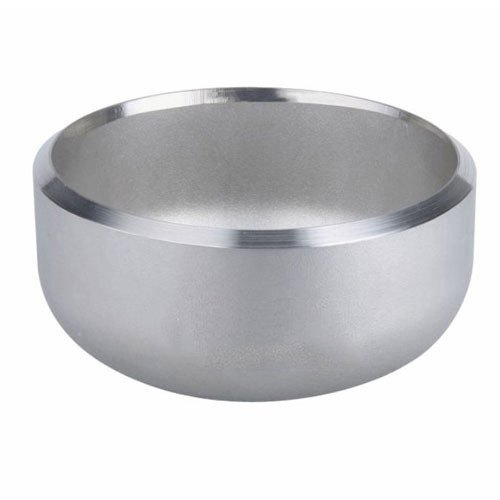-
Cangzhou Yulong Steel Co., Ltd.
-
Phone:
+86 13303177267 -
Email:
admin@ylsteelfittings.com
- English
- Arabic
- Italian
- Spanish
- Portuguese
- German
- kazakh
- Persian
- Greek
- French
- Russian
- Polish
- Thai
- Indonesian
- Vietnamese
- Zulu
- Korean
- Uzbek
- Hindi
- Serbian
- Malay
- Ukrainian
- Gujarati
- Haitian Creole
- hausa
- hawaiian
- Hebrew
- Miao
- Hungarian
- Icelandic
- igbo
- irish
- Japanese
- Javanese
- Kannada
- Khmer
- Rwandese
- Afrikaans
- Albanian
- Amharic
- Armenian
- Azerbaijani
- Basque
- Belarusian
- Bengali
- Bosnian
- Bulgarian
- Catalan
- Cebuano
- China
- China (Taiwan)
- Corsican
- Croatian
- Czech
- Danish
- Esperanto
- Estonian
- Finnish
- Frisian
- Galician
- Georgian
- Kurdish
- Kyrgyz
- Lao
- Latin
- Latvian
- Lithuanian
- Luxembourgish
- Macedonian
- Malgashi
- Malayalam
- Maltese
- Maori
- Marathi
- Mongolian
- Myanmar
- Nepali
- Norwegian
- Norwegian
- Occitan
- Pashto
- Dutch
- Punjabi
- Romanian
- Samoan
- Scottish Gaelic
- Sesotho
- Shona
- Sindhi
- Sinhala
- Slovak
- Slovenian
- Somali
- Sundanese
- Swahili
- Swedish
- Tagalog
- Tajik
- Tamil
- Tatar
- Telugu
- Turkish
- Turkmen
- Urdu
- Uighur
- Welsh
- Bantu
- Yiddish
- Yoruba

Oct . 12, 2024 17:46 Back to list
weld pipe
Understanding Welded Pipe Types, Applications, and Advantages
Welded pipes are essential components in various industries, serving as a key method for transporting fluids and gases. These pipes are created by rolling plates or sheets of metal and welding them together along the seam. The manufacturing process allows for the creation of long sections of pipe at a relatively low cost, making welded pipes a popular choice in many applications.
Types of Welded Pipes
Welded pipes can be classified into several categories based on their manufacturing methods and applications. The two main types are
1. Electric Resistance Welded (ERW) Pipes This type is manufactured by utilizing electrical resistance to heat and bond the edges of the metal sheets. ERW pipes are commonly used in low-pressure applications, such as water pipelines and structural applications.
2. Submerged Arc Welded (SAW) Pipes These pipes are produced by placing filler material in the weld joint and using a submerged arc to create the weld. SAW pipes are ideal for high-pressure applications and are often used in offshore and heavy-duty construction.
Applications of Welded Pipes
Welded pipes find applications across various sectors
- Oil and Gas Industry Welded pipes are extensively used for transporting oil and natural gas from extraction sites to refineries and storage facilities. Their strength and durability make them suitable for high-pressure environments.
weld pipe

- Construction In construction, welded pipes are employed for structural support and as conduits for electrical systems. Their lightweight nature combined with strength makes them an ideal choice for building frameworks.
- Water Supply and Drainage Municipal water systems often utilize welded pipes to transport drinking water and manage waste. Their smooth interior surfaces allow for efficient flow, minimizing pressure loss.
Advantages of Welded Pipes
The popularity of welded pipes stems from several advantages
- Cost-Effective The production process of welded pipes is less costly compared to seamless pipes, making them a budget-friendly option for various projects.
- Versatility Welded pipes are available in a wide range of sizes and materials, including carbon steel, stainless steel, and alloy steel, allowing for flexibility in design and application.
- Strength and Durability With proper welding techniques and materials, welded pipes offer strength and longevity, withstanding high pressures and corrosive environments.
In summary, welded pipes play a crucial role in modern infrastructure, providing an efficient solution for transporting fluids and gases across various industries. Their versatile applications and cost-effectiveness make them an essential element in construction, oil and gas, and municipal projects. Understanding the types and benefits of welded pipes is vital for engineers and project managers in selecting the appropriate materials for their specific needs.
Latest news
-
ANSI 150P SS304 SO FLANGE
NewsFeb.14,2025
-
ASTM A333GR6 STEEL PIPE
NewsJan.20,2025
-
ANSI B16.5 WELDING NECK FLANGE
NewsJan.15,2026
-
ANSI B16.5 SLIP-ON FLANGE
NewsApr.19,2024
-
SABS 1123 FLANGE
NewsJan.15,2025
-
DIN86044 PLATE FLANGE
NewsApr.19,2024
-
DIN2527 BLIND FLANGE
NewsApr.12,2024
-
JIS B2311 Butt-Welding Fittings LR/SR 45°/90° /180°Seamless/Weld
NewsApr.23,2024











